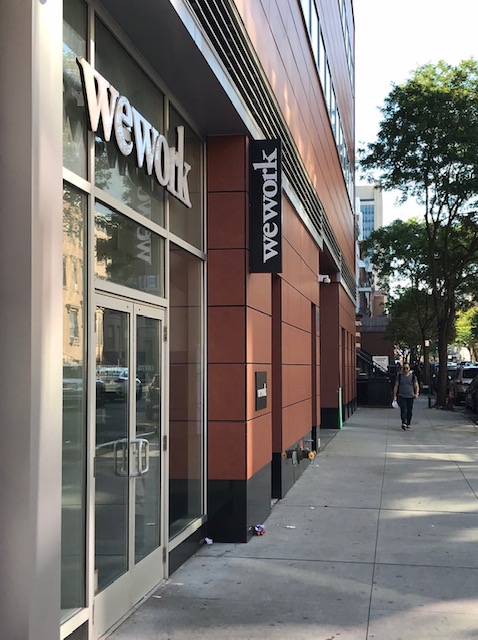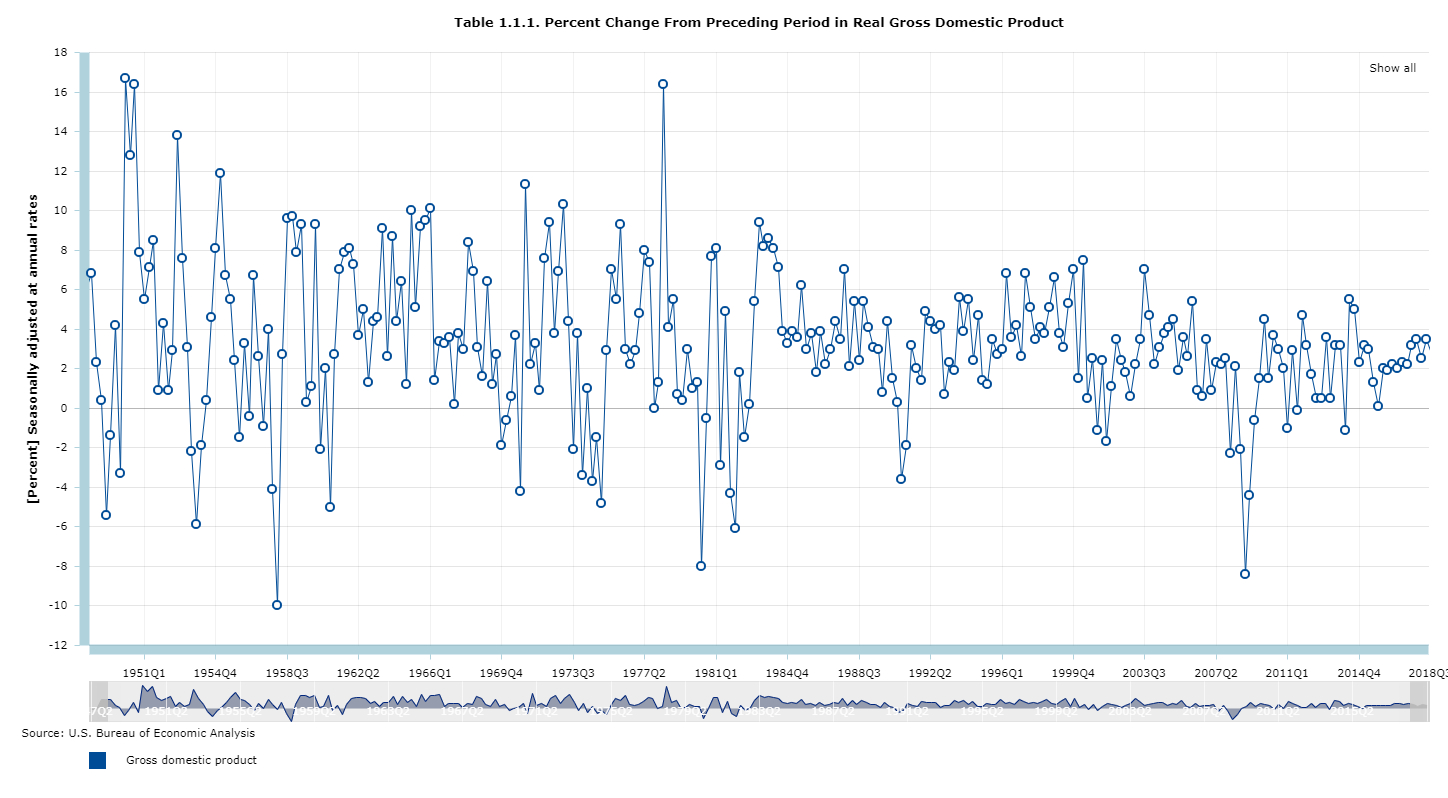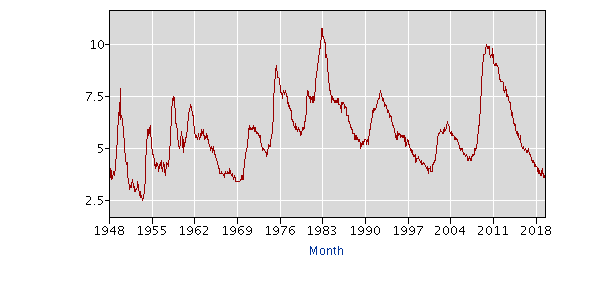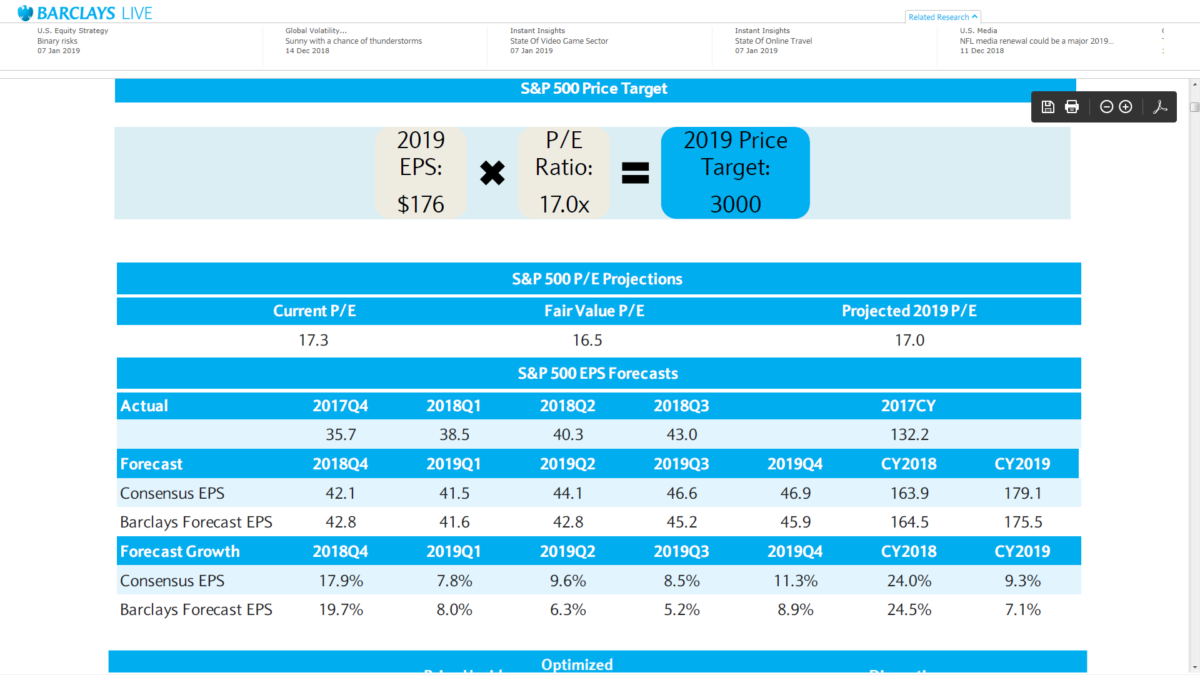Twitter is alight this morning with angst about newly public ride-sharing unicorn Lyft’s dismal second-day performance.
The stock’s slump below its $72.00 IPO price yesterday is at odds with reports that the offering was more than 20 times oversubscribed and Lyft’s nearly 10% gain on day one.
CNBC’s Jim Cramer, in particular, is taking some lumps for his rosy predictions, which just goes to prove that forecasting stock prices in the short-term is a mug’s business (remember that as you are watching CNBC). Still love ya Jim, despite what people say.
But how does a 20-times oversubscribed IPO trade below the offering price so soon after the deal?
This is far from the first time it (a high demand IPO that stumbles on debut) has happened, yet it remains a question whose answer eludes investors.
That’s partly because of the inherent lack of transparency of IPO demand and allocations.
But it can sort of be explained in broad terms.
Such disappointments tend to happen in situations like Lyft where the broader market is strong and the tech stocks are running (which is one reason a lot of IPOs are pricing now), but where there is no consensus on the company in question’s long-term prospects.
Lyft was able to justify a high IPO price/valuation (let’s say a high single-digit multiple of sales) akin to the hottest cloud software names, but it was by no means cheap.
“Not cheap” might be another way of saying that the company’s long-term prospects are not clear or that new investors (the existing ones not participating in the IPO are the true believers) are not sure whether they think this company will prosper long-term.
Offsetting this was the momentum behind the IPO in recent weeks (the hype) and the FOMO factor, the fear among investors they would miss out on easy gains by not participating in the IPO and look silly for doubting that momentum.
A couple of specific technical factors also contributed to the speedy reversal of fortunes.
The big one is that IPO allocations were very tight, so few institutional investors got enough stock to make Lyft a core holding. At the margin (which is all that is needed to determine stock momentum), many investors decided to sell when it became clear the early gains were going to be unsatisfying relative to the hype.
Additionally, Lyft debuted on the final day of the month/quarter, which may have given investors some incentive to book profits on the first day of the new quarter.
The other issue to keep in mind with all IPOs is the quality of the book of demand. If the shares go to short-term investors or hedge funds that see this as a momentum investment and don’t really believe in the business long-term, then it is hardly surprising they will sell when the momentum moves against the stock.
I think there are legitimate concerns about Lyft’s ability to make a profit long-term, which is central to the bear case. Cramer’s view is that Uber and Lyft are forming a duopoly that will eventually be able to lift prices. He could be right but he might not be.
The problem with this line of argument is that a large part of the value proposition for ride-sharing customers is price, and if the price is too high they will use public transport or their own cars.
The disruptive forces unleashed by unicorns have certainly been deflationary and may continue to be so for a long time as other competitors come up with twists on the ride-sharing idea and Uber and Lyft undercut each other to win the doubtful loyalty of drivers. Maybe you don’t really want to invest in an industry where price deflation is at play.
It is no surprise that Lyft and Uber are pursuing opportunities in autonomous vehicles since replacing human drivers would remove a big cost item (change the whole business model) and lead to lower prices for consumers (witness how so-called “monopolist” Amazon is looking to cut prices significantly at Whole Foods Market).
Offsetting this is that not all costs are going to be under the control of Uber and Lyft and governments will tax them (congestion pricing for instance) to help underpin the viability of public transport. That’s exactly what is happening in New York City at the moment.
All that said, Lyft still has an opportunity to prove the naysayers wrong and it is only day two. Theoretically the stock price doesn’t matter though it does if Lyft wants to come back to raise more capital, which it would have to do if it burns cash long-term.
Investors are not going to want to put more money into a losing investment and the company is not going to want to dilute existing shareholders by issuing stock at low prices.
It is possible that the stock continues to slump but more likely is that over the coming weeks it stabilizes somewhere in touching distance of the IPO price, giving the company a chance to wow investors with its first set of earnings (reported in early May).
This can work both ways. Facebook and Alibaba both saw their stock prices tumble in the early period after going public but have gone on to be fantastic investments. Then there are the disasters like Snap, Blue Apron and going back further, Groupon and Zynga, that saw lasting shareholder value destruction.
Investors really need to get straight in their minds whether Lyft (and soon Uber) is a Amazon/Facebook/Alibaba-type story or a Snap/Blue Apron.
There is some hope of the former because even if Lyft’s stock comes under pressure, the trends “driving” ride-sharing are likely to continue and Lyft might even become a target for big tech or maybe even an auto maker or a rental car company.
What does it mean for the Uber IPO next month? Well, Uber has waited so long to go public, it might be tempted to delay. Indeed the Lyft experience is more evidence the IPO market is broken.
But the impact on Uber may also be muted by investor recognition of its greater scale and wherewithal. All things being equal, it should win the long-term battle for ride-sharing marketshare simply because of the depth of its pockets.
Let’s see how Lyft trades today but the bears seem to be in charge for now (it was down again in early action today).













